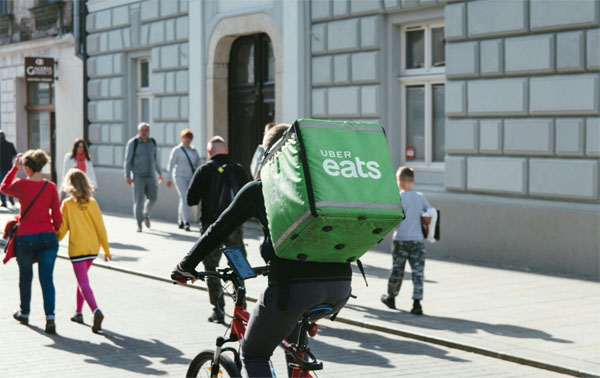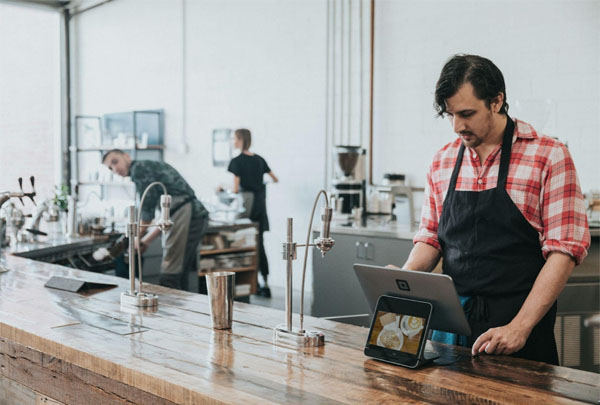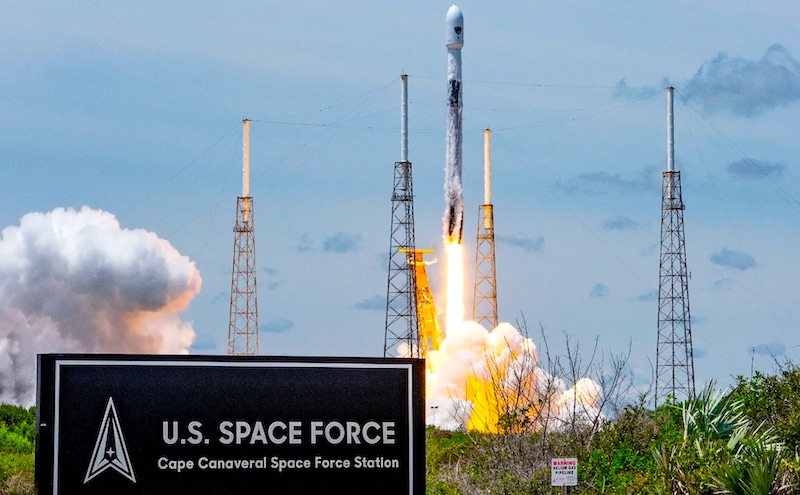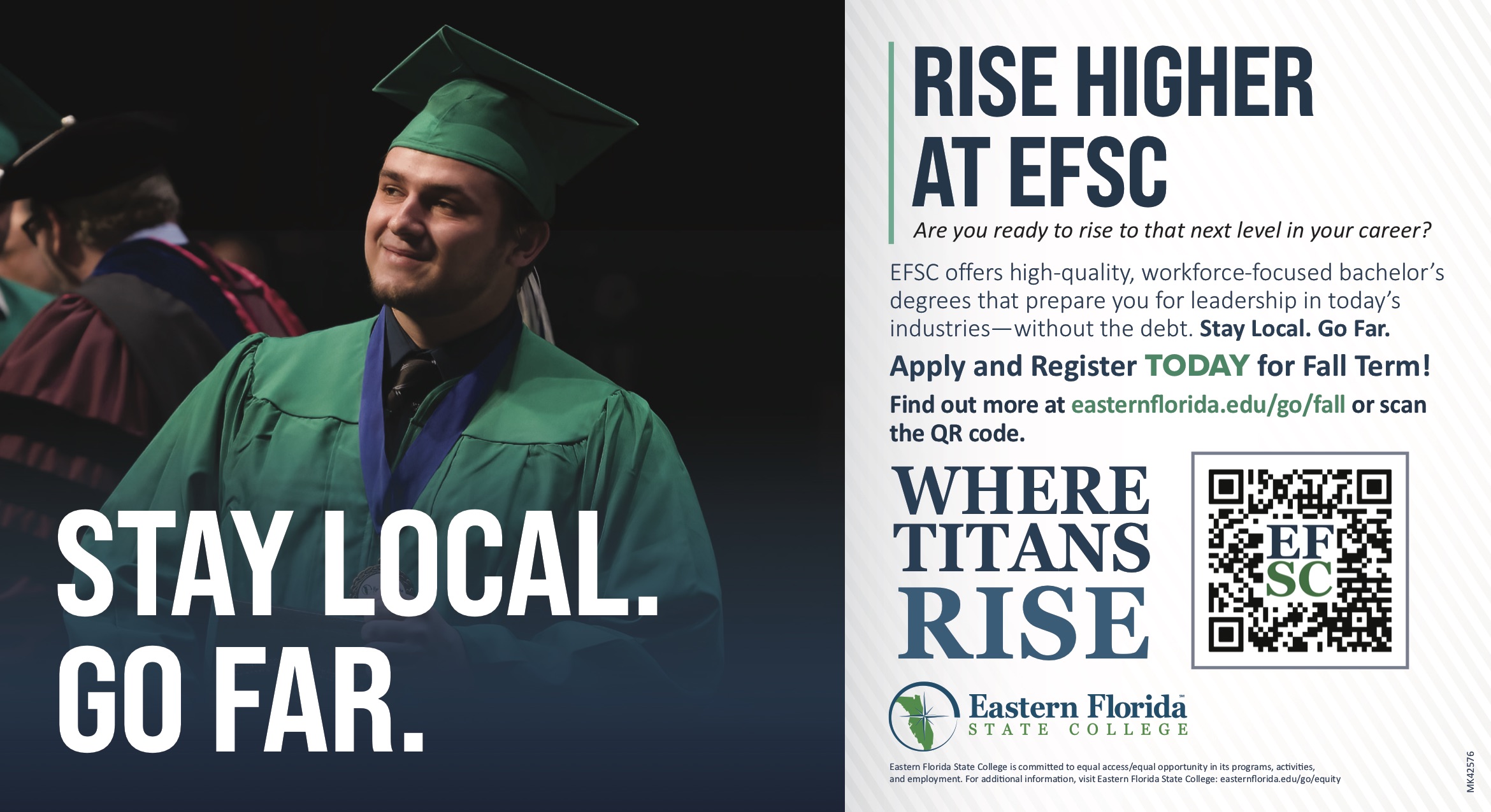Transforming Dining: The Rise of Online Ordering in 2024
By Space Coast Daily // November 20, 2024

The restaurant industry is no stranger to transformation. Over the past decade, technological innovations have continually reshaped how food is prepared, marketed, and delivered to consumers.
However, 2024 marks a new era in this evolution with the rapid adoption of online food ordering systems as a mainstay in modern dining. As consumers increasingly prioritize convenience, speed, and personalized experiences, restaurants must adapt by leveraging cutting-edge technologies to meet these demands.
Online ordering systems, powered by advancements in mobile apps and integrated platforms, are no longer a luxury but a true need for restaurants aiming to remain competitive. The pivot toward digital-first solutions is a response to shifting consumer preferences and a strategic move to enhance operational efficiency and boost revenue.
Food businesses need to understand the key drivers behind this trend, focusing on technological advancements and innovative solutions such as a reliable delivery online ordering system. This system allows restaurants to streamline their operations and elevate customer experiences.
Entrepreneurs also need to grasp these systems’ broader impact on the industry and why embracing these changes is crucial for sustained growth.
The Surge in Online Food Ordering
The growth of online food ordering and restaurant delivery has been phenomenal. According to industry reports, the global online food delivery market reached approximately USD 148.07 billion in 2023 and is projected to expand at a double-digit compound annual growth rate (CAGR) of 13.2 percent, potentially surpassing USD 451.92 billion by 2032.
This staggering growth is fueled by several factors, including the widespread adoption of smartphones, faster internet connectivity, and a cultural shift toward more digital interactions.
The impact of this surge is felt across all segments of the dining industry, from fast food chains to fine dining establishments. The accessibility of online food ordering platforms has democratized how restaurants engage with their customers, allowing even small, independent eateries to compete with large restaurant chains. The ease of use and efficient delivery and pickup options have made online ordering the preferred choice for millions of consumers.
Technological Advancements Driving Change
The push for seamless dining experiences has spurred significant technological advancements in the food service industry. Integrated platforms now offer comprehensive solutions that facilitate online ordering and synchronize with existing restaurant operations.
Vital technological features that have emerged include real-time order tracking, dynamic menu customization, and AI-driven data analysis for personalized customer experiences. These innovations help restaurants optimize their operations and improve service quality.
AI and machine learning are also beginning to enhance online ordering systems. These technologies can analyze customer behavior, predict order trends, and optimize menu recommendations, increasing customer engagement and satisfaction.
Consumer Trends and Expectations
The shift toward digital dining reflects changing consumer expectations. Today’s consumers demand more than just a meal; they seek convenience, efficiency, and personalization. A large portion of consumers now prefer ordering food online, highlighting the importance of restaurants adopting these systems.
The younger demographic’s embrace of technology has amplified this preference for online ordering. Millennials and Gen Z comprise a large part of the consumer base and are highly accustomed to using apps for everyday tasks, including food ordering. Restaurants that cater to these preferences will stay competitive.
Enhanced user experiences are also critical factors. Customers’ ability to easily browse a menu, customize their orders, and pay within a few taps significantly improves the ordering process. Integrated loyalty programs and personalized marketing campaigns further deepen customer relationships, driving repeat business and fostering brand loyalty.
Enhancing customer experience
A strong focus on customer experience can set a restaurant apart from its competitors. Advanced online ordering systems allow restaurants to deliver an efficient and tailored experience to individual preferences. For instance, platforms with customizable menus and real-time order tracking give customers transparency and control over their dining experience.
SpotOn’s leading commission-free online ordering system is a prime example of how enhanced technology can improve customer interactions. By facilitating direct orders through a restaurant’s website or Google, SpotOn enables establishments to maintain a direct line of communication with their patrons, bypassing third-party intermediaries that often charge significant commissions. This direct connection fosters stronger customer relationships and boosts the restaurant’s profitability by reducing operational costs associated with third-party platforms.
Operational efficiency and revenue growth
The operational benefits of online ordering systems extend beyond customer satisfaction. Integrating these platforms with existing POS systems streamlines order processing, reduces the likelihood of human error, and optimizes the workflow. For restaurants, these efficiencies translate to faster service, reduced waste, and, ultimately, higher revenue.
Some leading platforms offer a flat-rate DoorDash delivery feature, which allows restaurants to manage deliveries without paying high commission fees that eat into profits. This predictable pricing model enables restaurants to budget better and keep a larger share of their earnings.
Additionally, customizable pacing features help manage the flow of incoming orders, preventing kitchen staff from becoming overwhelmed during peak hours. This ensures that the service quality remains consistent, even when the demand is high.

The Role of POS Integration and Data Utilization
One of the standout elements of modern online ordering systems is their ability to integrate seamlessly with a restaurant’s POS system. This integration ensures that online and in-house orders are managed cohesively, reducing discrepancies and facilitating smoother operations.
Data synchronization allows restaurants to track inventory more accurately, manage staffing needs, and adjust menu items in real time based on sales trends.
Moreover, the use of data analytics plays a critical role in optimizing restaurant operations. Insights gleaned from online ordering data can reveal valuable patterns in customer behavior, helping restaurant owners make informed decisions about menu design, pricing strategies, and marketing efforts. By understanding which dishes are most popular or what times see the highest order volumes, restaurants can tailor their operations to meet customer demand more effectively.
Looking Ahead: What’s Next for Online Ordering?
The future of online ordering in the restaurant industry is poised for further innovation. As artificial intelligence (AI) and machine learning (ML) become more integral among ordering platforms, restaurants can offer even more personalized experiences. For example, predictive algorithms could suggest meals based on past orders or dietary preferences, creating a bespoke customer journey.
Furthermore, advancements in payment technology, such as one-click checkout options and digital wallets, will further streamline the ordering process, reducing friction at the point of purchase. Restaurants that embrace these forward-thinking technologies will be better-positioned to capture an even larger market share.
Another trend to watch is the development of augmented reality (AR) and immersive virtual reality (VR) experiences within food ordering apps. Imagine seeing a 3D representation of your meal before ordering or participating in virtual dining experiences that connect diners with chefs in real time.
Photo by Nathan Dumlao on Unsplash
Use Technological Advancements To Propel Online Ordering Growth for Your Food Business
The rise of online ordering in 2024 represents a significant transformation in the restaurant industry. Accelerated by technological advancements and changing consumer expectations, this shift reshapes how restaurants operate and engage with their customers.
Online ordering systems are at the forefront, offering innovative solutions that streamline operations and enhance customer experiences.
As the industry evolves, restaurants that adopt and optimize their online ordering systems will be better equipped to meet consumer demands and achieve sustainable growth. The future of dining is digital, and those who embrace this reality will thrive.












